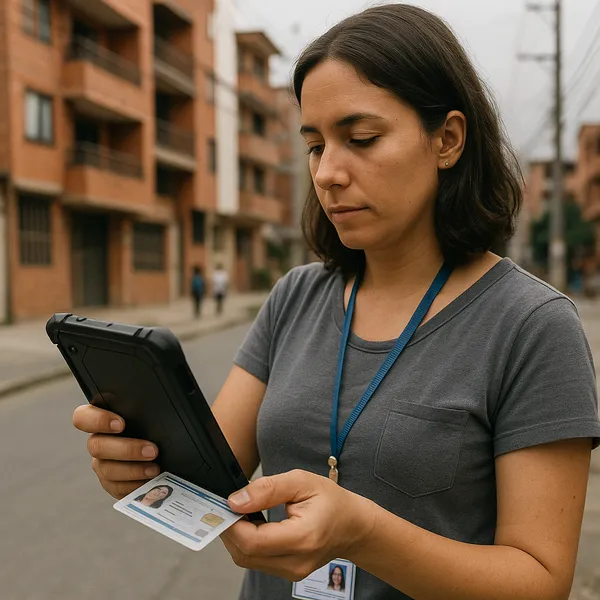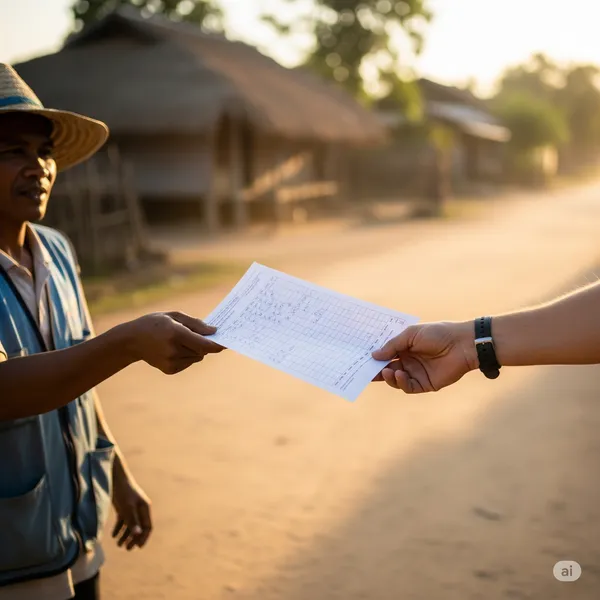The Canary in the Coal Mine Why a Functional GRM is Your First Line of Defense Against Safeguarding Failures
Published on: Sun Oct 16 2022 by Ivar Strand
The Canary in the Coal Mine: Why a Functional GRM is Your First Line of Defense Against Safeguarding Failures
While financial probity and operational efficiency are the traditional focal points of project monitoring, the most severe risks in any development or humanitarian program are often social and ethical. Safeguarding failures, including Sexual Exploitation, Abuse, and Harassment (SEAH), represent a profound breach of our fundamental duty to “do no harm.”
These risks are, by their nature, hidden. They do not appear in financial ledgers or progress reports. For this reason, a project’s Grievance Redress Mechanism (GRM) is not merely an accountability feature; it is the most critical early warning system—the “canary in the coal mine”—for detecting these harms. Verifying the GRM’s functionality is therefore not just a matter of good practice, but a paramount component of responsible project oversight.
The Limits of Conventional Auditing for Hidden Risks
It is essential to recognize that standard assurance methodologies are not designed to uncover deeply concealed misconduct like SEAH.
- A financial audit reviews transactions and controls related to the flow of funds.
- An operational audit reviews the efficiency and compliance of formal, documented processes.
Neither of these approaches is equipped to detect coercive or abusive behavior that occurs outside of official channels and is actively hidden by its perpetrators. Relying solely on these conventional methods for safeguarding assurance creates a dangerous and unacceptable blind spot.
The GRM as a Critical Detection Mechanism
A properly designed and implemented GRM is the primary mechanism through which these hidden risks can be brought to light. It provides a formal, sanctioned, and confidential channel for survivors, or those aware of misconduct, to come forward and report harm without fear of retribution.
From a risk management perspective, the GRM should therefore be viewed as a project’s most vital sensor for its most severe risks. The flow of data from a GRM—even a lack of data, which can itself be a signal—is a key indicator of the health of a project’s social and ethical footprint. Its functionality is a direct proxy for an organization’s true commitment to safeguarding.
Core Attributes of a Safeguarding-Effective GRM
For a GRM to be effective in this sensitive role, it cannot be a simple suggestion box. It must be a purpose-built system that is designed, managed, and audited against a specific set of survivor-centric criteria. Our verification of a GRM’s fitness for this purpose focuses on several non-negotiable attributes:
-
Genuine Accessibility and Awareness. Are the channels for submitting a complaint (e.g., a phone line, a trusted local representative) well-publicized, culturally appropriate, and genuinely accessible to the most vulnerable members of the target community, including those with low literacy or limited mobility?
-
Ironclad Confidentiality and Data Security. This is the bedrock of a functional safeguarding GRM. There must be a clear, documented, and rigorously enforced protocol for protecting the identity of any complainant. Any perceived or actual breach of confidentiality will permanently destroy the trust required for the system to function.
-
A Dedicated, Survivor-Centric Protocol. The GRM must have a specific, documented, and distinct protocol for handling sensitive complaints related to SEAH or other forms of abuse. This protocol must be “survivor-centric,” meaning its procedures are designed to prioritize the safety, rights, and well-being of the complainant above all other considerations.
-
Safe and Vetted Referral Pathways. The GRM’s primary function in a safeguarding case is not to investigate, but to refer. The system must be connected to a set of pre-vetted, trusted, and confidential local partners who can provide appropriate support services (e.g., medical, psychosocial, legal). The GRM operators must be trained to facilitate this referral safely and immediately.
-
Specialized Training for GRM Operators. The individuals responsible for receiving and handling complaints must be subject to a rigorous selection process and receive specialized training in how to handle sensitive disclosures with empathy, discretion, and a clear understanding of the formal safeguarding protocol.
Conclusion: From Accountability to “Do No Harm”
Verifying that a project has a functional, confidential, and survivor-centric GRM is one of the most important forms of due diligence a donor or implementing organization can undertake. It provides assurance that the project has a credible mechanism in place to hear from those it may be harming. It is a tangible demonstration of a commitment to the principle of “do no harm” and a critical line of defense against the most profound ethical and reputational risks.



